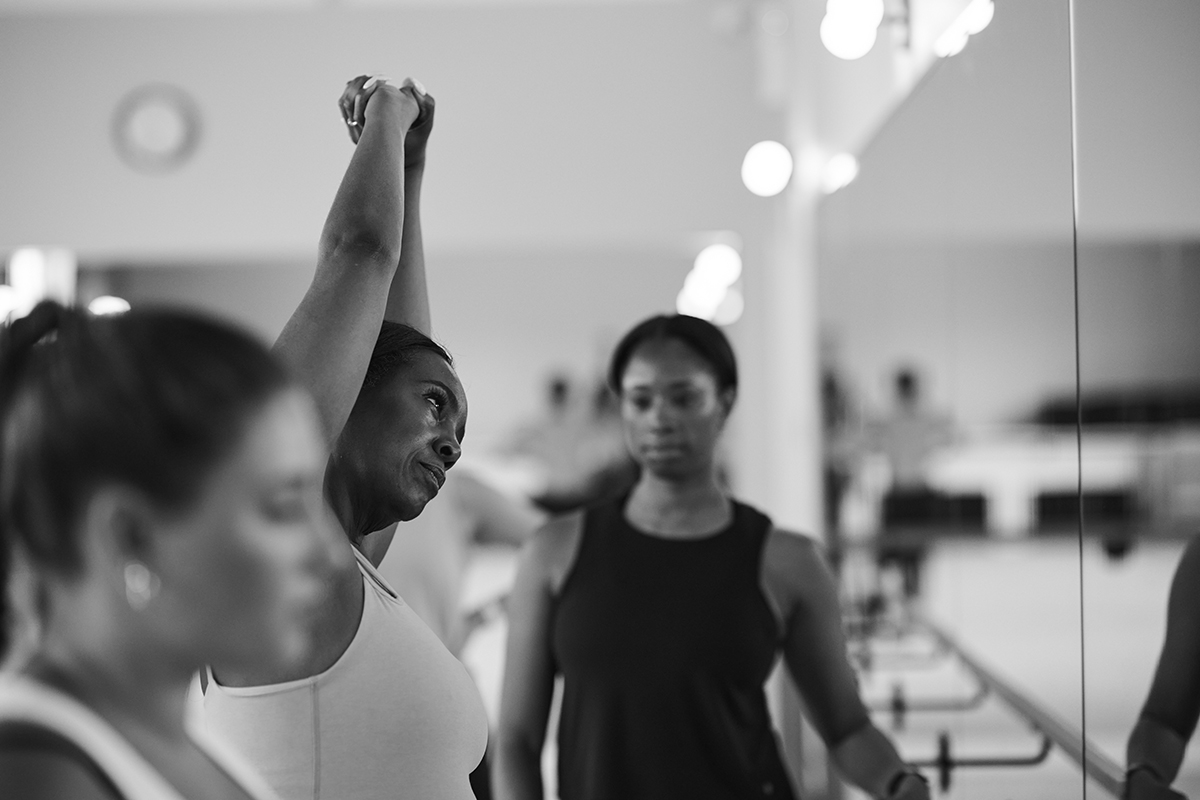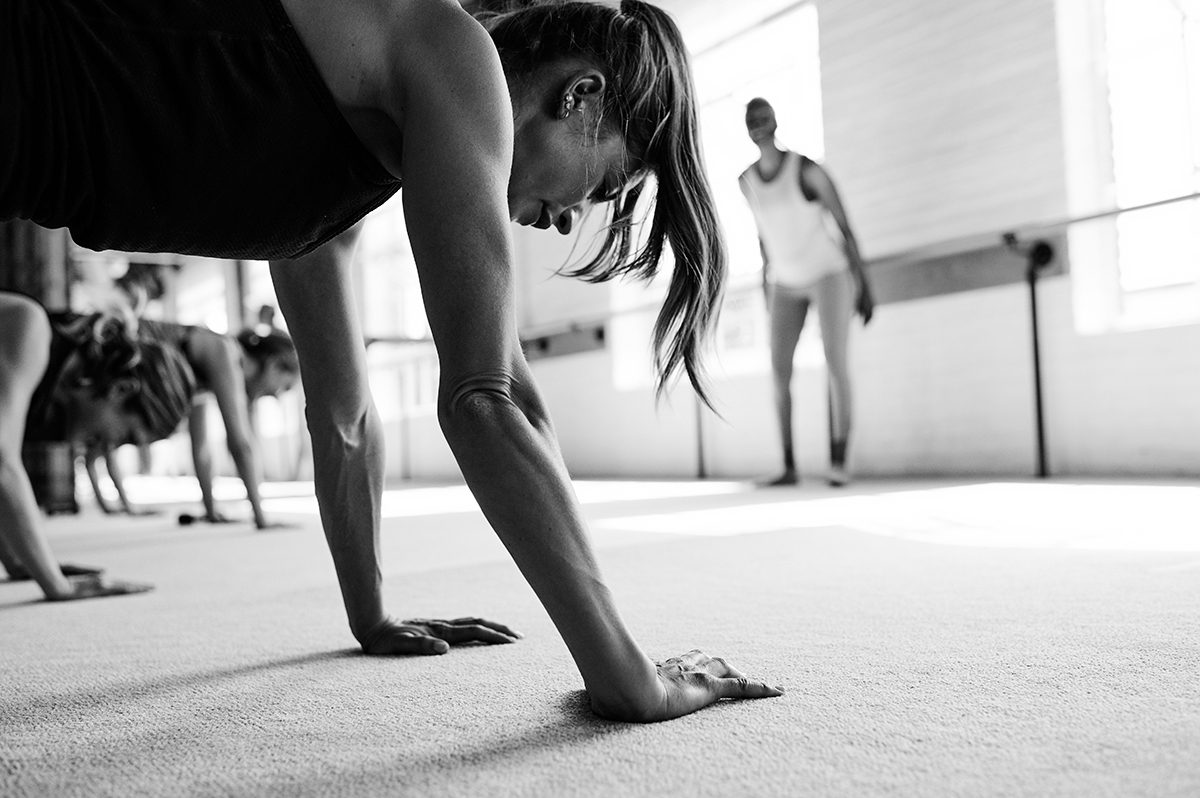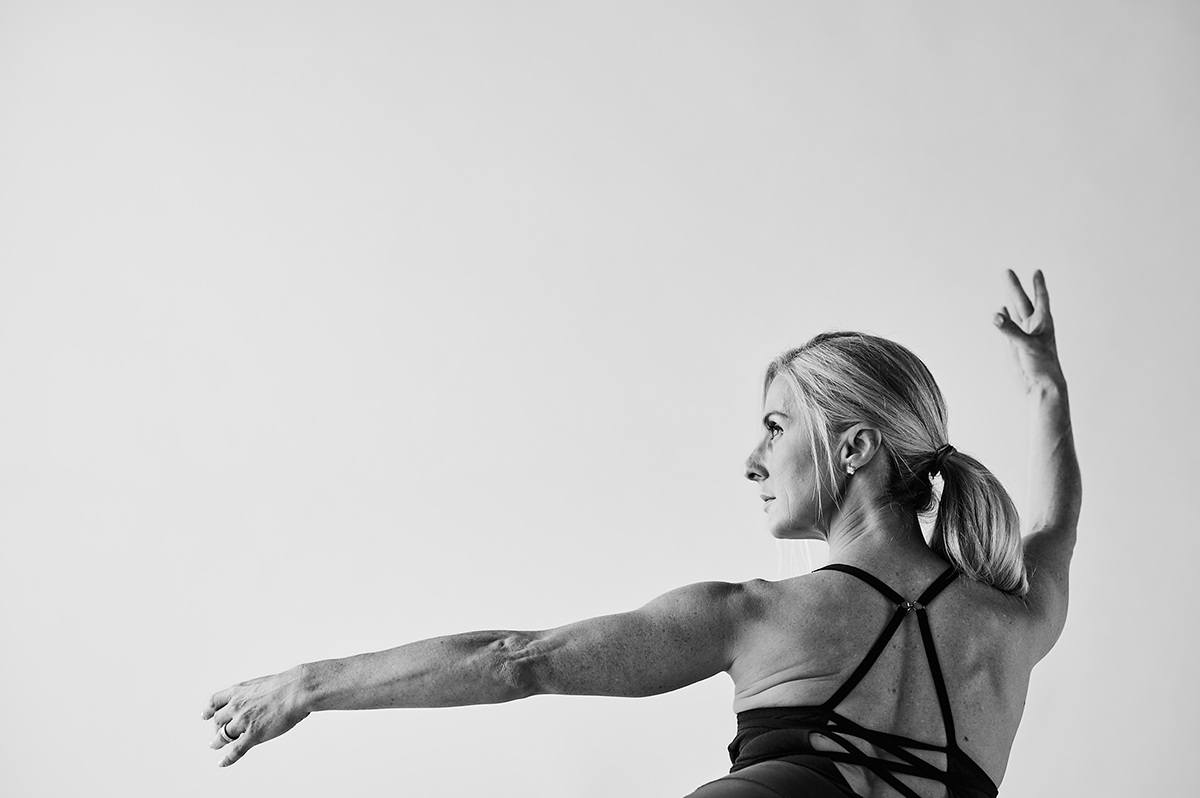New clients! For a limited time, Get 13 Classes for $78 (only $6 per class)
Strengthen and Stabilize Your Knees with The Bar Method
The theory that the knees should not go forward of the toes during exercise has long been discounted by fitness experts. Squatting, a form of which students practice during Bar Method’s thigh work, is actually one of the best and safest knee strengthening exercises we can do, according to many recent studies. One research center, Cambridge Consultants based in the UK, found that: “squatting actually often puts less strain on internal knee ligaments, compared with conventional and popular isometric and isokinetic knee-flexion and knee-extension exercises.” Doing non-impact, controlled quad exercises that bring the knees forward of the toes functionally strengthen and stabilize the knees.
 I’ve been keeping track of students’ feedback on how their knees do after taking class, and most Bar Method students with knee problems have reported significant improvement after taking class regularly for a few months. The reason the Bar Method helps most knee issues, including arthritis, is that its small, non-impact moves strengthen and balance the quads, hamstrings and calf muscles, which we methodically work in Bar Method. These muscles all extend across the knee joint and, as they become stronger, your knees do, too. A Chicago resident named Christina, for example, discovered that the Bar Method helped her to exercise without knee pain. “I’ve had problems with running and many other exercise forms due to a previous knee injury,” she wrote me, “and this has been pain-free for me.” (Read about how Bar Method sculpts a dancer’s body.)
I’ve been keeping track of students’ feedback on how their knees do after taking class, and most Bar Method students with knee problems have reported significant improvement after taking class regularly for a few months. The reason the Bar Method helps most knee issues, including arthritis, is that its small, non-impact moves strengthen and balance the quads, hamstrings and calf muscles, which we methodically work in Bar Method. These muscles all extend across the knee joint and, as they become stronger, your knees do, too. A Chicago resident named Christina, for example, discovered that the Bar Method helped her to exercise without knee pain. “I’ve had problems with running and many other exercise forms due to a previous knee injury,” she wrote me, “and this has been pain-free for me.” (Read about how Bar Method sculpts a dancer’s body.)
There are however several knee conditions that, if you have them, call for some modification of Bar Method’s thigh-work, at least temporarily. You have a small chance, for example, of there being a slight malformation in your patella or knee cap, giving it a tendency to scrape against your knee cartilage during exercise. If you’re a Bar Method student and think you have this kind of patella, you’ll probably need to limit your thigh-work section to the following positions: “chair,” “second position,” and “leg lifts.” (see below for details.) You can also restrict the thigh-work section to “holds” rather than the little down and up moves that are usually part of every thigh routine. These modifications will enable you to do the workout with no “bad” pain, plus they will add more strength and stability to your knees.
Another reason you might feel your knees during thigh exercises is that your outside quads are tighter and stronger than your inside quads. A lot of athletes such as former runners and tennis players develop excessively tight outer quads because they use them so much. As a result, bending their knees during thigh strengthening exercises pulls their knee caps out to the side and causes pain. Fortunately, this condition is correctable over time, and the Bar Method can help. If you suspect you’re one of these students, first go to your doctor and get a diagnosis along with a rehab routine. You can then speed up the healing process during your Bar Method workouts by squeezing a ball or a piece of foam between your legs during thigh-work, ab-work and “back-dancing.”
Whatever the reason for experiencing knee pain in or out of class, make sure to tell your teacher about your problem and ask her or him to help you to do the modifications that are right for you. If you use Bar Online, try holding the thigh poses rather than moving within them for a few weeks. You’ll know that the modifications are working when you start to feel intense muscle burn in your quads and no discomfort in your knees.
For more information on the knee, read Exercise and Evolution: How Bar Method Strengthens Your Knees.
Find Bar Method Exercise Classes near you.



